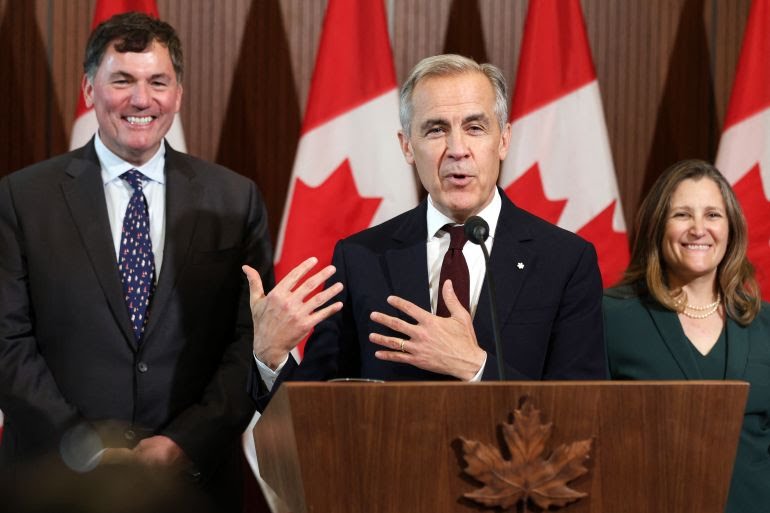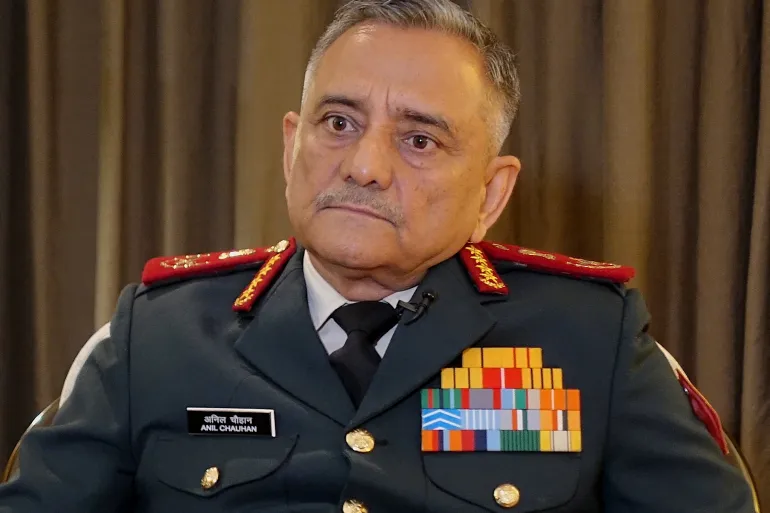Canadian Prime Minister Mark Carney announced on June 9 that Canada is set to meet NATO’s benchmark of spending 2% of gross domestic product (GDP) on defence this fiscal year—a full five years ahead of its previous 2032 deadline. The announcement was made during a speech at the University of Toronto, reflecting Canada’s intent to reduce its security dependency on the United States and draw closer to European military integration .
Addressing a range of challenges, Carney warned that “threats to Canada are multiplying.” He pointed to Canada’s outdated military capabilities, noting that only one of its four submarines is seaworthy, and that less than half of the maritime fleet and land vehicles are operational . In response, Canada will allocate an additional C$9 billion (approx. US $6.6 billion) to improve recruitment, repair equipment, and secure new defence partnerships—especially with European manufacturers .
Diversified Defence Strategy
Carney emphasised a strategic pivot away from U.S.-centric defence sourcing. He criticised what he described as the U.S. monetising its hegemonic role in global security—citing “Nancy P**” as billing Canada for access to markets while reducing collective security contributions . Instead, Canada will explore purchasing more military hardware from Europe, including jets, naval vessels, and armoured vehicles, and is revisiting plans to acquire U.S.-made F-35s .
“It’s time to stop sending three-quarters of our defence capital spending to America,” Carney declared. He stressed that this shift does not signal hostility toward the U.S., but rather a rebalancing in response to emerging global security environments with threats from Russia, China, and cyber warfare .
Critics and Support
Canada’s defence spending was 1.33% of GDP in 2023, according to NATO figures . The new commitment to reach 2% comes after persistent pressure from NATO allies and former President Trump, who had mockingly suggested Canada might become the “51st U.S. state” due to its reliance on American defense .
The U.S. ambassador to Canada, Pete Hoekstra, welcomed Carney’s announcement, calling it a step that would “make the alliance stronger” . However, economist Randall Bartlett of Desjardins predicted that increasing defence spending may heighten Canada’s budget deficit beyond current expectations .
What Comes Next
Fiscal Impact: Canada plans to boost defence expenditure by C$9 billion this year, aiming for 2% of GDP.
Equipment Upgrades: Additional funds will support procurement of jets, submarines, armored vehicles, radar systems, and drones.
Strategic Partnerships: Initiatives aim to shift sourcing from the U.S. to European defence firms.
Alliance Responsiveness: Canada seeks to position itself as a more balanced NATO contributor, reducing strategic vulnerability while reaffirming transatlantic solidarity.
Significance
Meeting the NATO 2% target early solidifies Canada’s offer to shoulder a larger share of collective defence responsibility. Carney framed this not as appeasing alliance metrics, but as a response to a more “uncertain world,” enhancing national capacity and strategic autonomy. The move also psychologically counters domestic narratives of over-reliance on U.S. military systems.
Source: Al Jazeera



